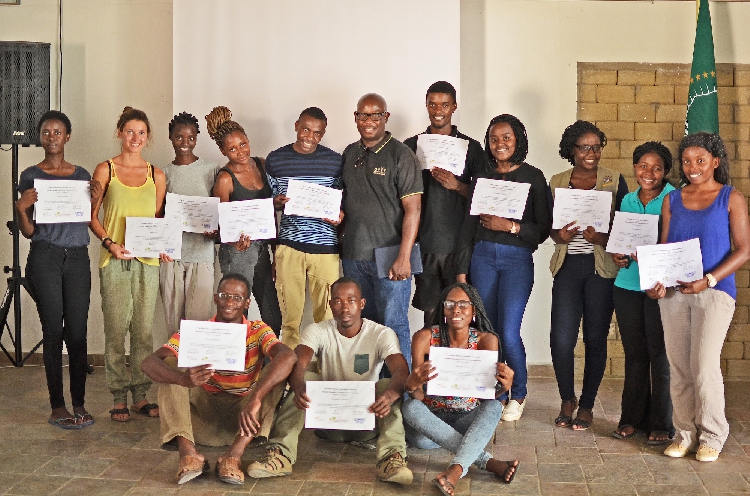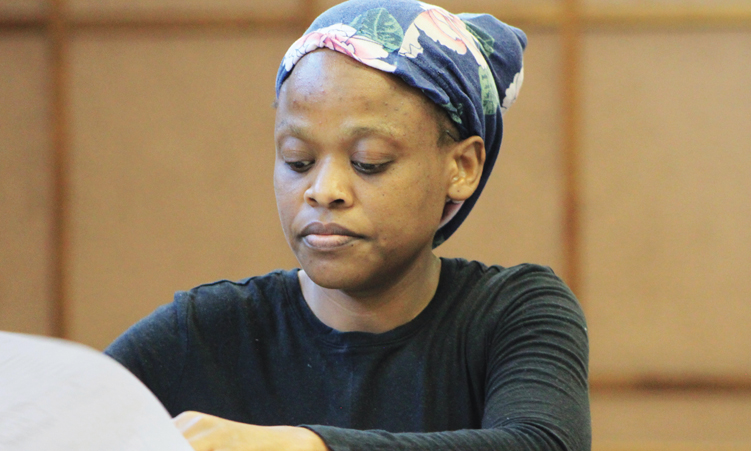• ABSALOM SHIGWEDHA at GOBABEBA NEW study has established that the soil surface of the Namib Desert contains important microbes that fix carbon into the soil and therefore, it should not be disturbed.
The study was conducted by a group of thirteen students and recent graduates who took part in the Gobabeb Research and Training Centre’s (GRTC) 19th Summer Drylands Programme (SDP).
The study focused on understanding soil respiration and carbon fluxes across the climate gradient in the central Namib Desert. The students presented the findings of their study at the centre recently.
“If microbes are destroyed, more carbon that contributes to global warming will be released into the atmosphere. Overall, the Namib Desert must be protected and conserved,” said the report on conclusions and recommendations.
The group, composed of people from different environmental disciplines, says understanding processes such as soil respiration that contribute to carbon concentration in the atmosphere would help predict future trends of climate change in the arid environment.
They said an increase in temperature and intense sunlight will result in more carbon being released from the soil and on the other hand, a decrease in precipitation events will result in a decrease of carbon efflux released from the soil.
This, they said, may mean that the desert can be a source of carbon sink.
Stay informed with The Namibian – your source for credible journalism. Get in-depth reporting and opinions for
only N$85 a month. Invest in journalism, invest in democracy –
Subscribe Now!










